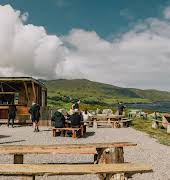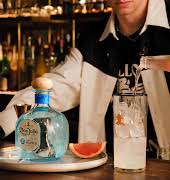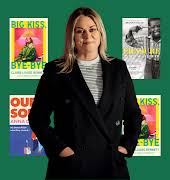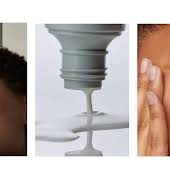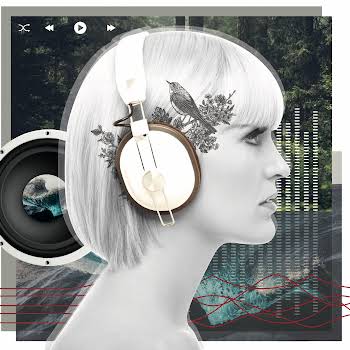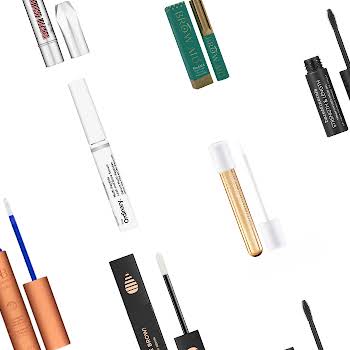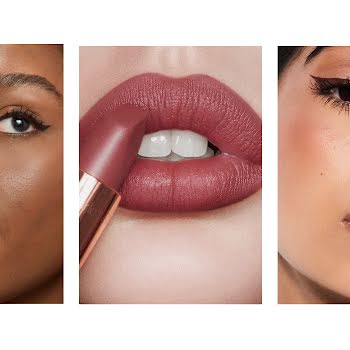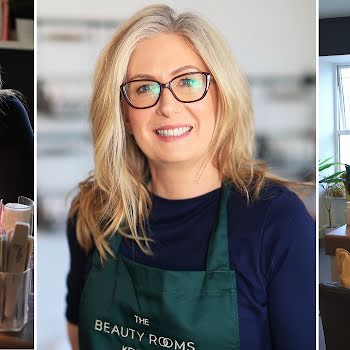
By Melanie Morris
10th Sep 2018
10th Sep 2018
MELANIE MORRIS investigates new trends in hair health and unearths the products and treatments that are becoming modern-day heroes.
Once upon a time, there were two hair categories, shampoo and conditioner. Now, that’s just the start. As hair products and treatments evolve, so do their methods of application. It’s no longer “wash and go”; instead, we’re offered high- tech serums, masks, infusions and treatments that offer cleansing, exfoliation, and radiance- boosting properties – terms we’re probably more familiar with when it comes to our faces.
But we’re also taking our hair more seriously. We have concerns, and we want them treated. Complaints of dry/itchy scalp is up 310 per cent in recent times, we’re noticing more sensitivity to products, we want our hair to perform better, but we expose it to rough elements, pollution, overwashing, heat styling, backcombing and the challenges of frequent, sweaty gym sessions. The result? Sad, limp, underperforming hair.
And so, we call on the professionals for remedies, where their expertise is king – 55 per cent of women believe in their stylists’ experience and recommendations. Forget what you see on Instagram – hairstylists are the real influencers. We look to them for real solutions and expect uncompromising results.
Hence, the upsurge of intensively-active, in-salon treatments, presented as therapies, which in a way they are, because they promote wellbeing, and give us (and our hair) that “time out” to repair. The new generation of hair rituals, such as Kérastase Fusio, are mindful experiences performed in ambient surroundings, and often combined with an indulgent head massage. 1 Also available in salon, or for home use, is the new Redken All Soft Sheet Mask, a foil cap you apply to hair after cleansing, just as you would a sheet mask to the face. A first in its category, it surges moisture into hair, taking down static and environmental “puff”, and replacing it with smooth, sleek locks. For home use, Shu Uemura Art of Hair Essence Absolue Overnight Serum is a sleep mask that rebuilds dry, frazzled hair while you rest.
FAST BEAUTY
Because you only get one chance to make a first impression, echoes the instant gratification, always-on, all-or-nothing society we’re living in; fast beauty is the antithesis to natural beauty. We want instant results, and everything at once; that means express services, multiple services at once, lunchtime makeovers, single-hit hi-tech treatments – we no longer have time for top-ups and redoux.
In terms of product selection, anything with “…and go” is our hero – the winners are products we can use on the run, but ones that deliver on promise or exceed expectations first time round. Ones that will tick several boxes, that don’t need “management” or multi-step faffing. The make-or-break
purchase question is “can I fit this into my life?” – it’s an impulse reflex, so the answer has to be a very loud yes.
Here’s where time is of the essence, but there’s zero tolerance for mediocracy. We want products to work faster and to do more. In salons, that’s the introduction of express highlights, a 30-minute service pioneered by Kérastase, where up to seven sections of hair can be processed, and the final result styled in the time it might take to wait for Deliveroo.
Home products need to step up to the mark, such as Redken’s Clean Maniac Micellar Clean- Touch Shampoo and Conditioner, which will remove dirt, build-up, residue and the most stubborn of styling products in just one wash. Styling products have to be great all-rounders; like Pureology’s 21 Essential Benefits, or Redken’s One United, which boasts legitimately about being a 1-in-23 multi-tasker. And they need to deliver on promise, like Alfaparf’s Semi Di Lino Illuminating Shine Lotion.
NATURALITY
The niche of “all-natural” products has become the norm. And while the sourcing and blending of natural ingredients in haircare was always there, the new millennium has seen a steep rise in harnessing their efficacy. Now, natural products can actually perform.
These days, we can use science to harness the benefits of naturals, so we’re swapping them in, where once chemicals or artificial ingredients would have been used; for example, harnessing the moisturising properties of glycerin, rather than a chemical compound. Natural in-salon hair colour now packs a punch. Try Botanea, a 100 per cent herbal, vegan, sustainably sourced colourant that offers a far wider spectrum of shades, from blondes to dark.
We’re obsessed with diet, with “eating clean”, and this is now moving to our skin and hair… just as we’re aware of what we’re putting in our bodies, we now pay heed to what’s going on them. Avocado oil, aloe vera, olive oil, argan oil and coconut oil can all now be readily found in our products.
Even the language used around our beauty rituals, products and treatments has “foodie”and nutritional connotations: shots, blends, vegan… gluten- free! And while the latter is comical (who cares about gluten when outside of the digestive tract?), it firmly and proudly states an intention.
Women are unsure of labels, but we now know we don’t want excesses of parabens, sulphates and silicone, especially when there are kinder alternatives. We want short labels on the back of our bottles, comprising of more natural ingredients, because we now appreciate and understand what they can bring to beauty. As a brand, Pureology has been championing the “no sulphates/carcinogens” category since its inception in 2001. Their stronghold in the market continues as the brand brings all-natural, vegan styling products to market this summer.
We are also beginning to notice, and appreciate,environmentally-friendly packaging. It matters. So, whether that’s Kevin Murphy, whose purposeful packaging is “building block” style to maximise available space in shipping from Australia, or Aveda, who’ve always had recycling at the heart of their brand DNA, we care that they care, and we’re listening with our wallets; expect a rise of eight per cent per annum for the next two years in the naturals category, while the words “vegan hair” have seen a rise of 18 per cent in online searches in the past five years.

This article originally appeared in the May issue of IMAGE. The September issue of IMAGE is on shelves nationwide now.

